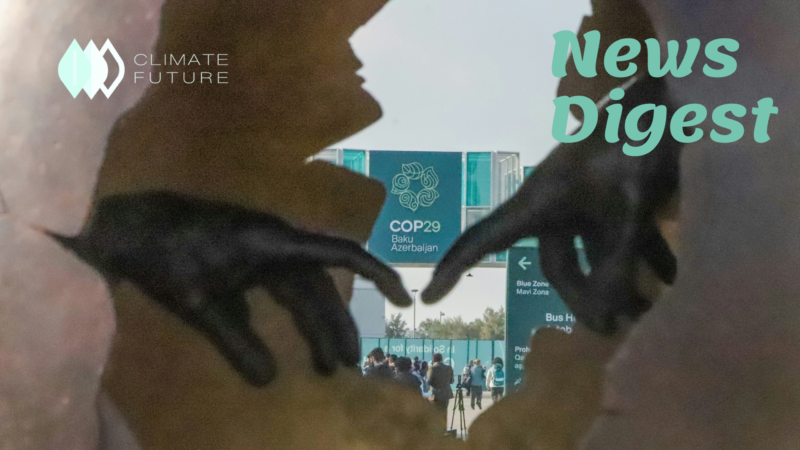Sustainable transport key to green energy shift: UN Secretary-General
The two-day UN Sustainable Transport Conference opened on 14 October will investigate how transportation can contribute to economic growth, sustainable development and climate response. In the opening remark, UN Secretary-General Antonio Guterres mentioned that “The next nine years must see a global shift towards renewable energy. Sustainable transport is central to that transformation”. According to the World Bank, the change to sustainable transport could give $70 trillion savings by 2050. Decarbonizing transportation needs countries to solve emissions from aviation and shipping since the current commitments are not in line with the Paris Agreement. Post-pandemic recovery must include resilient transport systems with on-going investments for sustainable transport.
Biodiversity commitment builds hope for ‘living in harmony with nature’
The Segment opened on Oct 11 for the next year’s UN Biodiversity Conference, COP15 aimed to create the Kunming Biodiversity Fund for supporting biodiversity in developing countries. Signatory nations will work to complete the 2050 Vision of “Living in Harmony with Nature” by making sure that post-pandemic recovery policies, plans and programs can help to the sustainable consumption of biodiversity and encourage inclusive development. The European Union agreed to double the extra funding for biodiversity. By combining financial institutions, 12 trillion Euros is committed to use for the protection and restoration of biodiversity through respective activities and investments.
When disaster strikes, developing countries still too vulnerable
UN Secretary-General Antonio said “Weak governance, growing poverty, biodiversity loss, collapsing ecosystems and unplanned rapid urbanization are all interconnected drivers of disaster risk”, for the International Day for Disaster Risk Reduction. Just 24 hours advance warning of a heatwave or storm can decrease the damage by 30%. However, many low and middle-income countries don’t have proper early warning systems. In order to overcome the challenges of the 21stcentury and secure lives, the UN chief asked the rest of the world to lower systematic risks: “Left unaddressed, they aggravate the intensity and frequency of disasters and increase the need for humanitarian assistance.” Since science is important for transforming to sustainability, some new technologies can risk further entrenching inequalities such as giving pressure on specific countries or presenting additional challenges for the environment.
WHO: Global health community prescribes climate action for COVID recovery
Due to the numerous and inseparable links between climate and health, the World Health Organization’s (WHO) COP26 Special Report on Climate Change and Health agreed to transform action in every sector, from transport, nature and energy to finance and food systems which are required to protect people. At the same time, the WHO’s report was launched as an open letter. It is signed by over two thirds of the global health workforce by calling for COP26 country delegations and national leaders to step up climate action. Climate change and weather conditions are threatening food security and vector-borne diseases while climate impacts are affecting negatively on mental health.
Access to a healthy environment, declared a human right by UN rights council
The Council called on the countries around the world to work together with other partners to accomplish this newly recognized right in resolution 48/13. Through a second resolution (48/14), the Council improved its focus on the human rights impacts of climate change by forming a Special Rapporteur with special dedication to that issue. In a statement, the UN High Commissioner for Human Rights called on Member States to take concrete actions to give real effect to the right to a healthy environment. The new resolution recognizes the renumeration affected by environmental destruction and climate change on millions of people around the world. That also describes the most vulnerable group of the population which are mostly impacted.



